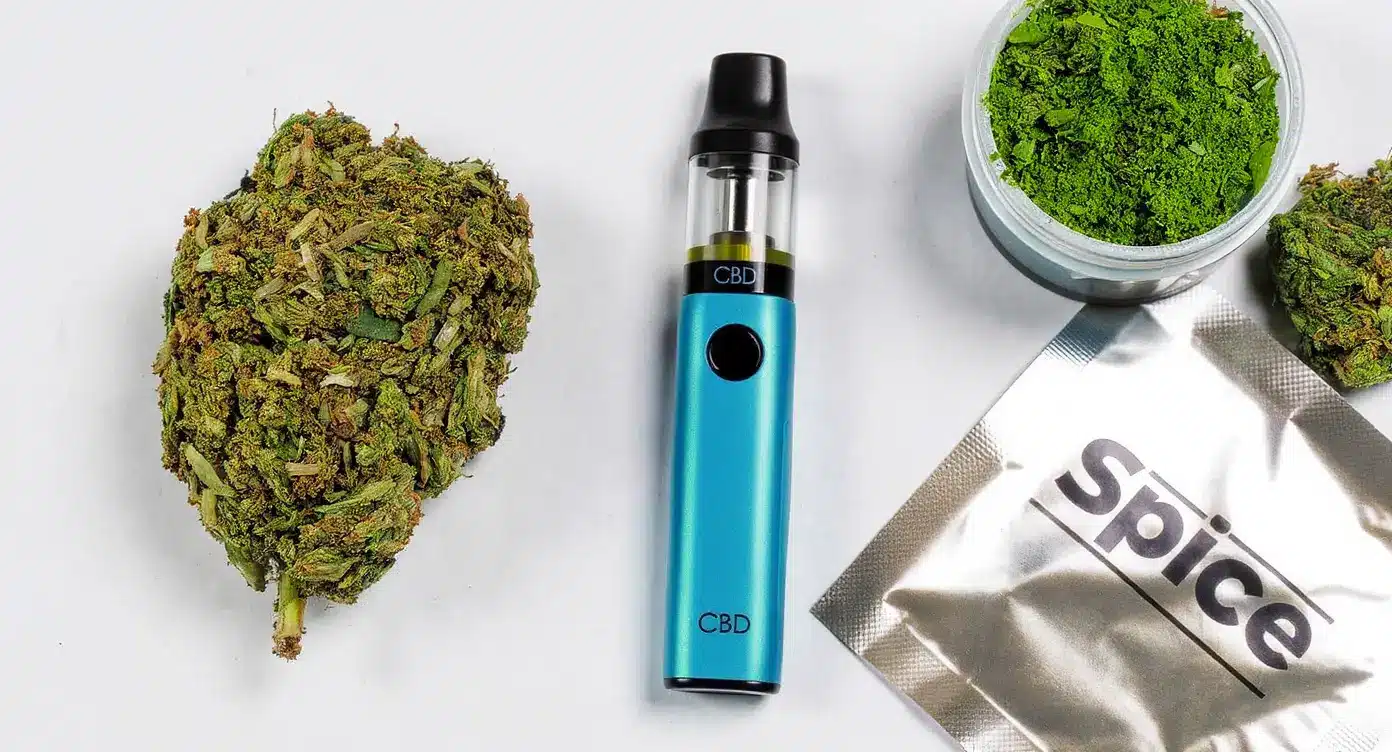Cannabinoids are compounds that act on the body’s endocannabinoid system, influencing mood, memory, appetite, and coordination.
They are found naturally in the cannabis plant—such as THC (which causes a “high”) and CBD (which is non-psychoactive). There are also synthetic cannabinoids, like “Spice” or “K2,” which are man-made and can be far more dangerous.
While some cannabinoids are used medically, misuse can lead to dependency, mental health issues, or severe side effects, especially with synthetic versions.

🧠 Related Terms
👉 Learn more about prevention:
Narconon Europe – Drug Abuse Help
👉 For more educational content, see our Drug Education & Prevention Materials
❓ FAQ – What are Cannabinoids?
1. What are cannabinoids used for?
They are used to relieve pain, reduce anxiety, stimulate appetite, or induce relaxation.
2. Why are synthetic cannabinoids dangerous?
They can cause seizures, paranoia, hallucinations, and even death in some cases.
3. What do cannabinoids look like?
They may appear as dried plant material (for smoking), oils, or synthetic powders sprayed onto herbs.
4. Are all cannabinoids legal?
No. THC is regulated in many countries, and synthetic cannabinoids are often banned.
5. How to reduce cannabinoid risks?
Avoid unregulated or synthetic products, and be cautious with high-THC strains or concentrates.
